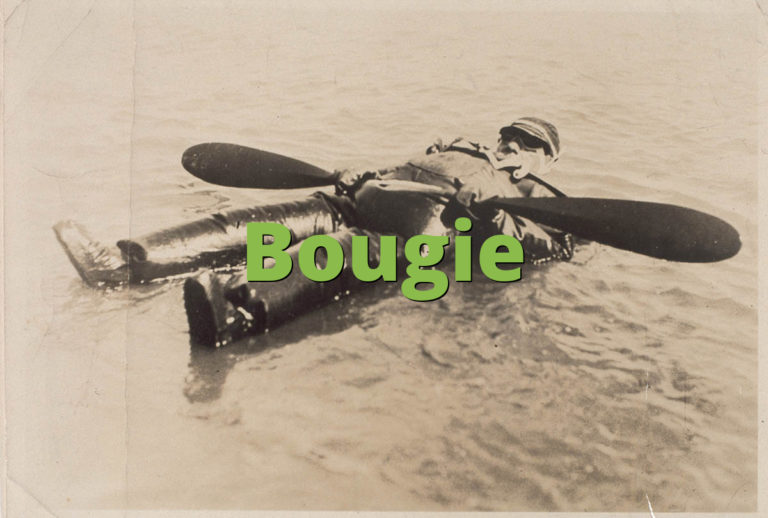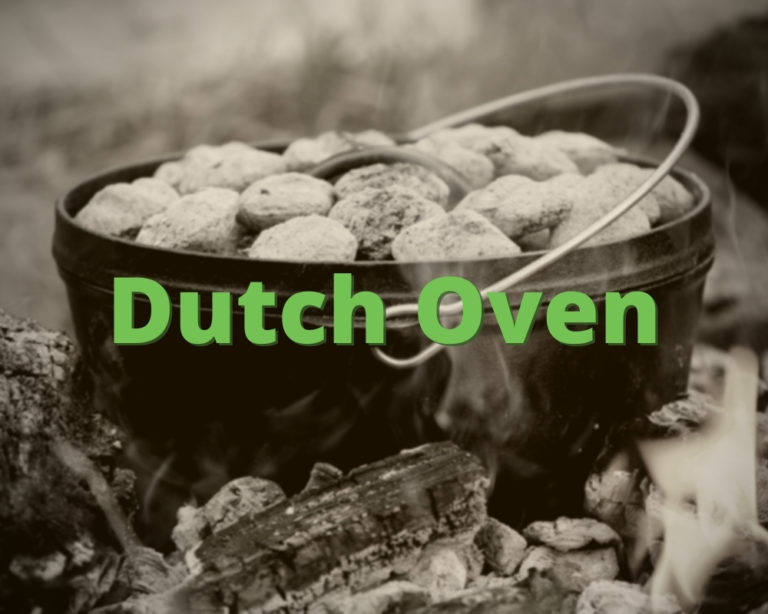Ever wondered what the fuss is about a Dutch oven? Well, let me break it down for ya. A Dutch oven slang is more than just a cooking tool; it’s a game-changer in the kitchen. Think of it as your trusty sidekick when whipping up hearty stews, roasts, or even bread. This bad boy has been around for centuries, and its popularity keeps growing because it’s versatile, durable, and delivers results that’ll blow your mind.
Now, I know what you’re thinking: “Why all the hype?” Well, my friend, once you get your hands on one of these, you’ll see why people swear by them. It’s not just about the functionality—it’s also about the history, the craftsmanship, and the sheer awesomeness of cooking with something that feels like it was made for kings and queens.
So, if you’re ready to dive into the world of Dutch ovens and learn everything there is to know, from their origins to their modern-day uses, stick around. We’re about to uncover the secrets behind this kitchen marvel and why everyone’s talking about it. Trust me, by the end of this, you’ll be itching to grab one for yourself!
Read also:Jonathan Frakes Net Worth The Untold Story Of A Scifi Icon
Understanding the Basics: What is a Dutch Oven?
History of the Dutch Oven
Let’s take a trip back in time, shall we? The Dutch oven as we know it today dates back to the early 1700s. It all started with a guy named Abraham Darby, who revolutionized the way cast iron was produced. He figured out how to make cast iron pots that were both durable and affordable, and voila—the Dutch oven was born. Over the years, it evolved into the cast iron workhorse we love today.
But why is it called a “Dutch” oven? Well, the name comes from the original design, which was inspired by Dutch metalworking techniques. So, while it might sound fancy, it’s really just a nod to its roots. And let’s be honest, anything with “Dutch” in the name sounds kinda cool, right?
Types of Dutch Ovens
Not all Dutch ovens are created equal. These days, you’ll find two main types: enameled and plain cast iron. Enameled ones come in a rainbow of colors and are super easy to clean. They’re like the fancy cousin of the classic cast iron Dutch oven, which is rugged, reliable, and gets better with age. Both have their pros and cons, so it really depends on what you’re looking for.
Here’s a quick breakdown:
- Enameled Dutch Ovens: Great for beginners, comes in fun colors, and doesn’t require seasoning.
- Plain Cast Iron Dutch Ovens: More durable, retains heat better, but requires a bit more TLC.
Why Everyone’s Talking About Dutch Ovens
The Versatility Factor
Let’s face it, life’s too short for kitchen tools that can only do one thing. That’s where the Dutch oven shines. You can use it on the stovetop, in the oven, or even over an open flame. It’s like a Swiss Army knife for cooking. Whether you’re making a slow-cooked pot roast or baking a loaf of sourdough, this baby’s got you covered.
Health Benefits of Cooking with Dutch Ovens
Did you know that cooking with cast iron can actually be good for you? Yep, it’s true. The iron from the pot can leach into your food, giving you a little extra boost of iron in your diet. And who doesn’t love a win-win situation like that? Plus, it’s non-toxic and free of all those nasty chemicals you find in some modern cookware. It’s like nature’s gift to your kitchen.
Read also:Anya Matusevich The Rising Star You Need To Know About
Choosing the Right Dutch Oven for You
Size Matters
When it comes to Dutch ovens, size really does matter. You don’t want to end up with one that’s too small for your family’s needs or too big to fit in your oven. A good rule of thumb is to go for a 5-7 quart size if you’re cooking for 2-4 people. If you’ve got a bigger crew, you might want to consider something larger. Just remember, bigger isn’t always better if it doesn’t fit your space.
Material and Maintenance
Choosing between enameled and plain cast iron is a big decision. Enameled ones are easier to maintain, but they can chip if you’re not careful. Plain cast iron, on the other hand, requires regular seasoning to keep it in tip-top shape. But don’t let that scare you off—it’s not as hard as it sounds. A little elbow grease and some oil, and you’re good to go.
How to Use a Dutch Oven Like a Pro
Prepping Your Dutch Oven
Before you start cooking, you’ll need to prep your Dutch oven. If it’s a plain cast iron, make sure it’s well-seasoned. This means coating it with oil and baking it in the oven to create a non-stick surface. For enameled ones, give it a quick wash and you’re ready to roll. Trust me, this step is worth it—it’ll make your cooking experience so much smoother.
Cooking Tips and Tricks
Now that your Dutch oven is ready, here are a few tips to help you get the most out of it:
- Preheat it before adding ingredients for better browning.
- Use a lid to trap moisture and keep your food tender.
- Don’t overcrowd the pot—it’ll affect the cooking process.
The Science Behind Dutch Oven Cooking
Heat Distribution and Retention
One of the reasons Dutch ovens are so great is their ability to distribute and retain heat evenly. This means your food cooks consistently, without hot spots or burnt bits. It’s like having a personal chef in your kitchen, ensuring everything comes out perfectly every time.
Moisture Control
The lid of a Dutch oven is designed to trap moisture, which is perfect for slow-cooking meats and veggies. It keeps everything juicy and flavorful, without drying out. And if you’re baking bread, the trapped steam creates a beautiful crust that’ll make you feel like a professional baker.
Popular Recipes for Your Dutch Oven
Classic Beef Stew
There’s nothing quite like a comforting bowl of beef stew on a chilly day. A Dutch oven is the perfect vessel for this classic dish. Just brown the meat, add your veggies and broth, and let it simmer away until everything’s tender and flavorful. It’s simple, yet oh-so-delicious.
Homemade Bread
Baking bread in a Dutch oven is a game-changer. The trapped steam creates a crust that’s crispy on the outside and soft on the inside. Plus, it’s way easier than you might think. All you need is flour, water, yeast, and a little patience.
Caring for Your Dutch Oven
Cleaning and Maintenance
Proper care is key to keeping your Dutch oven in top condition. For enameled ones, a quick wash with soap and water should do the trick. Plain cast iron, however, requires a bit more love. Avoid soap and scrub gently with a brush or sponge. Then, dry it thoroughly and apply a thin layer of oil to prevent rust. It’s a small price to pay for years of delicious meals.
Common Mistakes to Avoid
Even the best of us make mistakes when it comes to Dutch ovens. Here are a few to watch out for:
- Using harsh detergents on cast iron.
- Not drying it completely after washing.
- Storing it with the lid on, which can cause moisture buildup.
Buying Guide: Top Brands and Models
Le Creuset vs. Lodge
When it comes to Dutch ovens, two names stand out: Le Creuset and Lodge. Le Creuset is known for its stunning enameled designs and premium quality. Lodge, on the other hand, is the go-to for affordable, classic cast iron. Both have their merits, so it really depends on your budget and preferences.
Factors to Consider
Before you make a purchase, consider the following:
- Material: Enameled or plain cast iron?
- Size: Does it fit your cooking needs?
- Price: Are you willing to splurge for premium quality?
Conclusion: Why You Need a Dutch Oven in Your Life
So there you have it, folks. The Dutch oven is more than just a cooking tool—it’s a kitchen essential that’ll take your meals to the next level. From its rich history to its versatility and health benefits, it’s clear why everyone’s raving about it. Whether you’re a seasoned chef or a kitchen newbie, a Dutch oven is an investment that’ll pay off in delicious dividends.
Now that you’ve got the lowdown on what a Dutch oven is and how to use it, what are you waiting for? Head out and grab one for yourself. Trust me, once you start cooking with it, you’ll wonder how you ever lived without it. And don’t forget to share your favorite recipes in the comments below—we’d love to hear from you!
Table of Contents
- History of the Dutch Oven
- Types of Dutch Ovens
- Why Everyone’s Talking About Dutch Ovens
- Choosing the Right Dutch Oven for You
- How to Use a Dutch Oven Like a Pro
- The Science Behind Dutch Oven Cooking
- Popular Recipes for Your Dutch Oven
- Caring for Your Dutch Oven
- Buying Guide: Top Brands and Models
- Conclusion: Why You Need a Dutch Oven in Your Life


